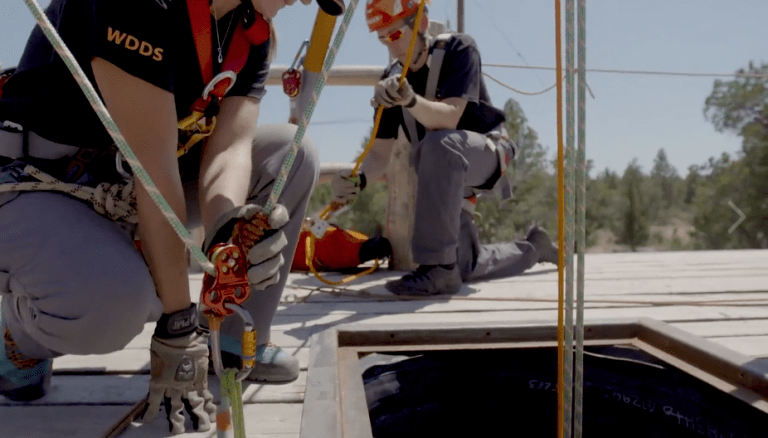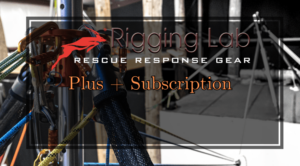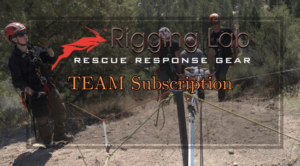Navigating Rescue Rope Selection for Firefighters: From Rooftops to General Operations
Introduction
Firefighting is a profession where every decision can impact lives, including the tools and equipment chosen for critical operations. Among these, rescue ropes are vital, serving as lifelines in rooftop rescues, fall protection, and general fireground tasks. Selecting the right rope isn’t just about meeting operational needs; it’s about adhering to safety standards that ensure firefighter protection and effectiveness. With evolving technologies and an array of options, making informed decisions is more important than ever.
Understanding the Challenges in Rope Selection
Firefighters often make vague requests, such as “We need rescue lines for working on rooftops.” While the intent is clear, the specifics of what they need—and why—can be more complex. Leaders must interpret these requests by identifying:
- Operational Scenarios: Will the ropes be used for fall protection, victim lowering, or equipment stabilization?
- Environmental Challenges: Are high-heat environments or sharp edges a concern?
- Compatibility: How do these ropes integrate with the department’s existing systems, such as harnesses or anchoring devices?
Understanding the real question behind these requests is the first step toward ensuring the right rope is selected.
Key Types of Rescue Ropes and Their Applications
Fire service operations demand ropes that balance strength, durability, and purpose-specific features. Some of the most common rope types include:
Heat-Resistant Ropes
Heat-resistant ropes, such as the H3 Tech125, are designed to withstand the extreme temperatures encountered during fireground operations. These ropes provide reliability where standard ropes would fail, ensuring safety in high-risk scenarios.
Static Ropes
Static ropes are essential for tasks requiring minimal elongation, such as lowering systems, anchoring, and hauling. Their lack of stretch makes them predictable under load, a critical factor in rescue operations.
Dynamic Ropes
Dynamic ropes are used in situations where fall forces need to be absorbed, such as in personal fall arrest systems. Their elasticity reduces the impact of sudden weight shifts, protecting both the user and the system.
Diameter Considerations
The diameter of a rope often dictates its application:
- 8mm to 13mm: Ideal for lightweight operations, such as escape systems or personal use.
- 13mm and above: Suited for heavy loads, high-stress scenarios, or shared systems in technical rescues.
The Role of Safety Standards
Compliance with safety standards is non-negotiable in the fire service. Two critical frameworks guide rope selection:
- NFPA 1983: This standard establishes rigorous requirements for life safety ropes, including strength, durability, and heat resistance. It ensures that ropes are UL-listed and tested for rescue scenarios.
- OSHA Regulations: OSHA emphasizes fall protection, particularly in rooftop scenarios. Requirements include proper anchorage systems, personal fall arrest systems, and safe working zones based on proximity to roof edges.
Complementary Equipment in Rope Rescue Systems
Rescue ropes do not operate in isolation. Effective systems rely on a range of complementary tools, including:
- Descent Control Devices: Tools like the Petzl I’D or MPD ensure safe and controlled lowering during rescues.
- Anchoring Systems: Adjustable anchors provide versatility, adapting to various structural setups.
- Rope Protection: Edge protectors safeguard ropes against abrasion and prolong their lifespan.
- Personal Protective Equipment (PPE): Proper gloves, harnesses, and helmets ensure firefighter safety during operations.
Best Practices for Rope Care and Maintenance
The longevity and reliability of rescue ropes depend on proper care and regular inspections. Fire departments should implement the following:
- Storage: Store ropes in a cool, dry environment away from chemicals and direct sunlight.
- Inspection: Regularly inspect ropes for wear, including fraying, discoloration, or other damage. Logs should track usage and inspection results.
- Training: Comprehensive training ensures all personnel understand proper rope handling and maintenance procedures.
Advancements in Rescue Rope Technology
Innovations in materials and design have significantly improved rescue ropes. Products like the Night Saver Rope incorporate reflective elements for enhanced visibility in low-light conditions. Advanced coatings and heat-resistant fibers also offer improved durability, making ropes more resilient under extreme conditions.
Case Studies: Learning from Experience
Real-world examples highlight the importance of informed rope selection:
- Heat-Resistant Ropes in Action: A department frequently encountering high-heat rescues switched to H3 Tech125 ropes, reducing rope failures by 50%.
- Collaborative Procurement: Neighboring fire departments pooled resources to bulk-purchase high-quality ropes, lowering costs and standardizing equipment.
Conclusion
Rescue rope selection is a critical responsibility for fire service leaders. By aligning equipment choices with operational demands, adhering to safety standards, and staying informed about emerging technologies, fire departments can ensure their teams are prepared for any challenge. Investing in the right tools today guarantees safety and success on the fireground tomorrow.
Additional Resources
- NFPA Guidelines: NFPA 1983 Overview
- Recommended Suppliers: Rescue Response Gear
- Training Programs: Rigging Lab Academy Courses
Peace on your Days
Lance









